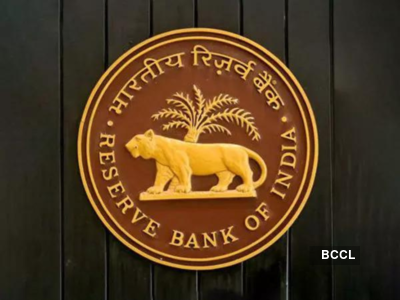[ad_1]
NEW DELHI: Employee attrition in private sector banks has witnessed an increase to about 25 per cent and this high turnover rate poses significant operational risk, according to the latest Report on Trend and Progress of Banking in India 2023-24. Employee attrition rates are high across select private sector banks and small finance banks (SFBs), the report, which was released by the Reserve Bank of India (RBI) said.
The total number of employees of private banks surpassed that of public sector banks (PSBs) during 2023-24, but their attrition has increased sharply over the last three years, with average attrition rate of around 25 per cent, it said.
“High attrition and employee turnover rate pose significant operational risks, including disruption in customer services, besides leading to loss of institutional knowledge and increased recruitment costs. In various interactions with banks, the Reserve Bank has stressed that reducing attrition is not just a human resource function but a strategic imperative,” it said.
Banks need to implement strategies like improved onboarding processes, providing extensive training and career development opportunities, mentorship programmes, competitive benefits, and a supportive workplace culture to build long-term employee engagement, it said.
In view of several irregularities observed in grant of loans against gold ornaments and jewellery, including top-up loans, the Reserve Bank advised supervised entities to comprehensively review their policies, processes and practices on gold loans to identify gaps and initiate appropriate remedial measures in a time-bound manner.
Supervised entities were advised to closely monitor their gold loan portfolios and ensure adequate controls over outsourced activities and third-party service providers, it said.
The report said climate change risks are envisaged to impact profitability of financial institutions, growth prospects, and inflation dynamics and, thus, impinge upon financial stability and price stability.
To foster assessment of these concerns by regulated entities, regulatory and supervisory frameworks need to be strengthened with enhanced risk management guidelines, disclosure requirements, periodic stress testing, and stipulating reasonable verification and assurance functions, it added.
[ad_2]
Source link



